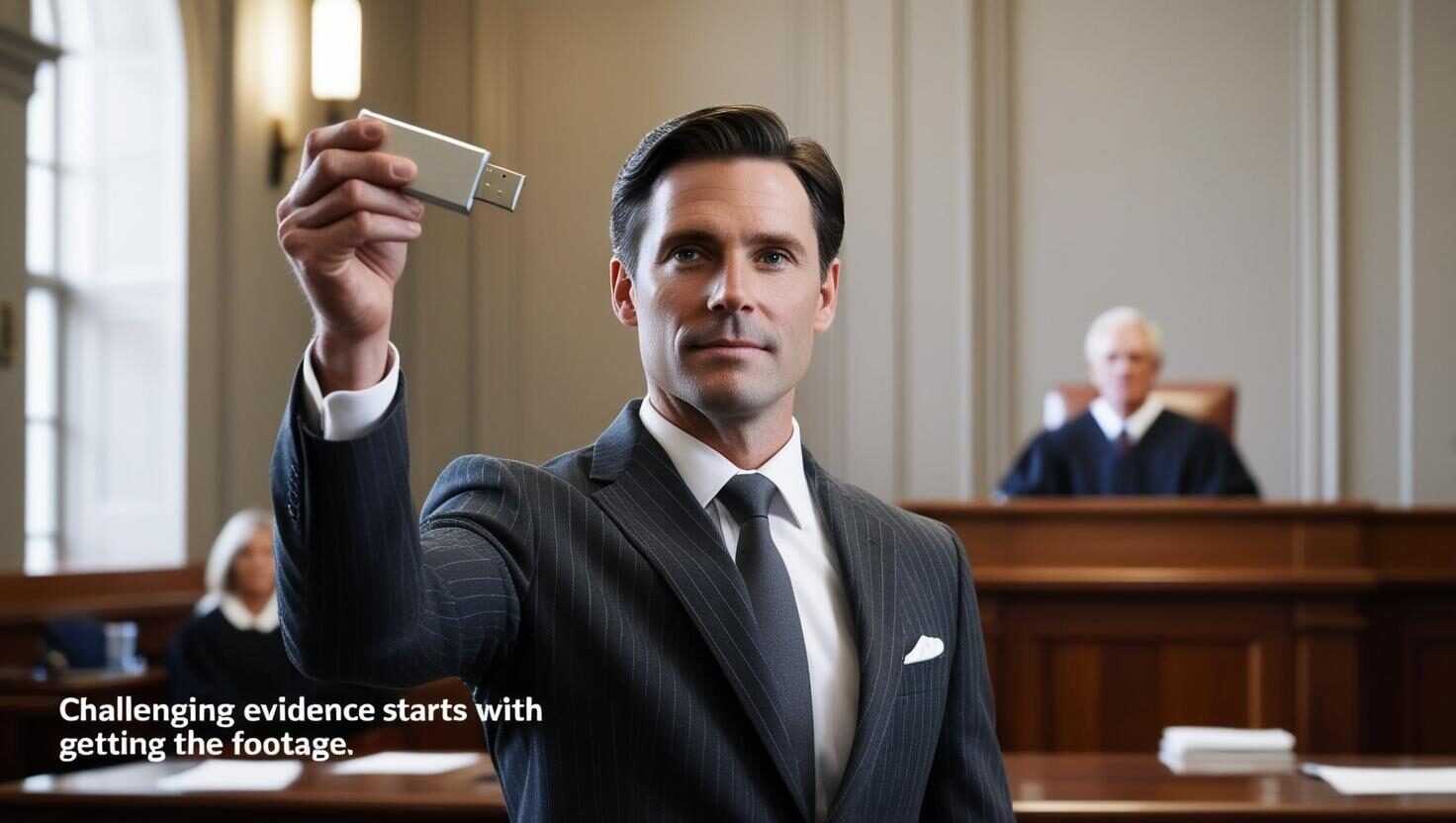Caught on CCTV: Can You Really Challenge Police Evidence in NSW?

In an age where CCTV cameras and police bodycams are everywhere—watching our streets, trains, and even our daily commutes—it’s easy to assume that being “caught on camera” is an open-and-shut case. But here’s the twist: that grainy footage or shaky bodycam clip might not be the slam dunk the prosecution thinks it is. At National Traffic Lawyers in NSW, we’ve seen firsthand how these so-called “ironclad” pieces of evidence can crumble under scrutiny. Blurry images, missing audio, gaps in the timeline—these are just the start. If you’re facing a traffic offence or criminal charge backed by surveillance, here’s what you need to know about challenging it and why it’s not as airtight as the police might claim. The Hidden Flaws in CCTV and Bodycam Evidence Most people don’t realize that CCTV and police bodycam footage isn’t always the crystal-clear, Hollywood-style evidence they imagine. In fact, it’s often riddled with flaws that can turn the tables in your favor. Blurry visuals from low-resolution cameras can make it impossible to definitively identify a person. Missing audio—especially in bodycam footage—can strip away critical context, leaving the court guessing about what really happened. And then there are the gaps: footage that cuts off at key moments or fails to capture the full story. These aren’t just technical hiccups; they’re weaknesses we’ve successfully challenged to defend our clients. Here’s a little-known fact: under NSW law, the prosecution must prove beyond reasonable doubt that the footage accurately represents the incident. If the quality is poor or the timeline is incomplete, that burden becomes a steep hill to climb. At National Traffic Lawyers, we’ve mastered the art of dissecting these flaws, turning what looks like a “gotcha” moment into a question mark. How to Get Your Hands on the Footage—and Why It Matters Think the police will just hand over that CCTV or bodycam clip? Think again. One of the best-kept secrets in the legal system is that accessing this evidence isn’t automatic—you have to fight for it. If you’re charged with an offence, the police are required to provide the prosecution’s evidence, including any footage, but they can be stubborn. We’ve seen cases where officers insist you can only view it at the station, forcing unnecessary travel and delays. In one instance, a client’s lawyer had to drag the police to court just to get a copy of the tape. The process starts with a formal request to the officer in charge or prosecutor. If they stonewall you, a subpoena can force their hand—a legal tool we wield with precision at National Traffic Lawyers. Why does this matter? Because once you have the footage, you can scrutinize it for those game-changing flaws. Was the timestamp off? Did the camera miss the lead-up to the incident? These details can unravel the prosecution’s case faster than you’d expect. Real-Life Win: The Assault Charge That Fell Apart Let’s talk about a real case that proves our point. A client came to us facing an assault charge after an altercation at a Newtown hotel. The police had CCTV footage they claimed showed him attacking his partner. At first glance, it looked bad—until we got our hands on the tape. After serving a subpoena, we discovered the full story: the footage actually showed his partner slapping him first, followed by a knee to the groin. Our client’s “assault” was a push to get away from her attack, after which security piled on. The prosecution hadn’t bothered to watch the whole clip—or didn’t want to. The case was thrown out, and the police were ordered to pay our client’s legal costs. This isn’t a one-off; it’s a textbook example of how dodgy footage can backfire when you know how to challenge it. At National Traffic Lawyers, we don’t just take evidence at face value—we dig deeper. Why CCTV Doesn’t Always Hold Up in Court So, why doesn’t every pixelated clip seal the deal? For starters, the law demands reliability. Under the Evidence Act 1995 (NSW), footage must be authenticated—meaning the prosecution has to prove it hasn’t been tampered with and accurately reflects the event. A shaky bodycam with no audio or a CCTV feed that skips crucial seconds can fail this test. Courts have tossed evidence when the chain of custody is murky or the quality is too poor to trust. Then there’s the human factor. Identification from footage isn’t foolproof—especially if it’s dark, distant, or distorted. We’ve seen cases where police pin the blame on the wrong person because the image was too vague to be certain. Add in the fact that private CCTV owners (think shopkeepers or homeowners) might not store footage long-term, and you’ve got a recipe for doubt. If it’s gone before trial, the prosecution’s left empty-handed. The Legal Edge You Didn’t Know You Had Here’s the kicker: most people don’t challenge CCTV or bodycam evidence because they don’t know they can. That’s where National Traffic Lawyers comes in. We’ve spent years navigating the NSW legal system, uncovering the hacks and loopholes that turn the tide. Whether it’s a speeding fine backed by a dodgy traffic cam or a criminal charge hinging on questionable footage, we know how to poke holes in the prosecution’s story. Conclusion: Contact Us at National Traffic Lawyers For expert legal assistance with NSW traffic and criminal matters, contact National Traffic Lawyers. Our team specializes in protecting your rights and providing top-tier representation when you need it most. Don’t let questionable footage dictate your future—let us fight for you. If you’re required to go to court or need assistance, fill out our online form for a free consultation. Let’s turn the camera back on the evidence—and get you the justice you deserve.
